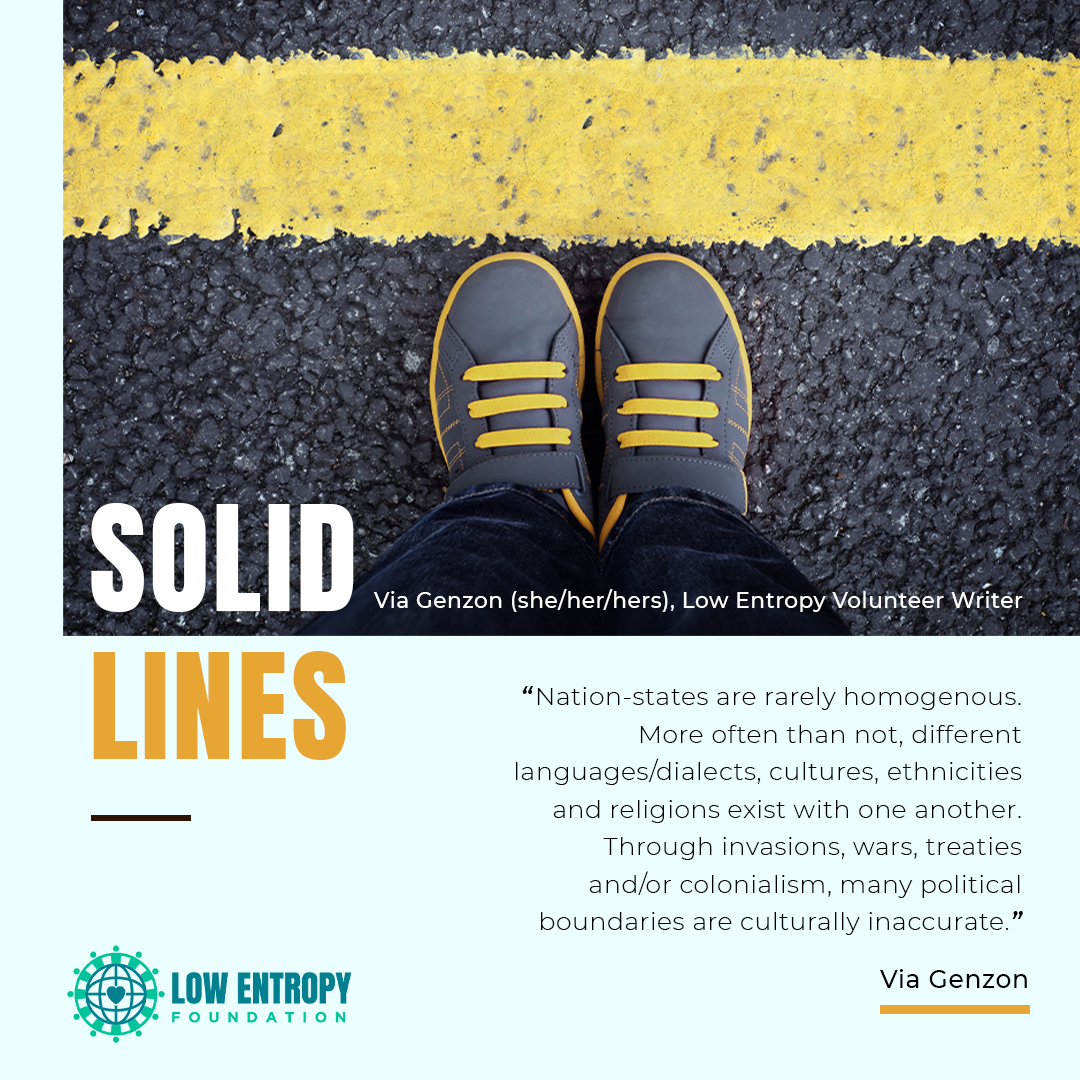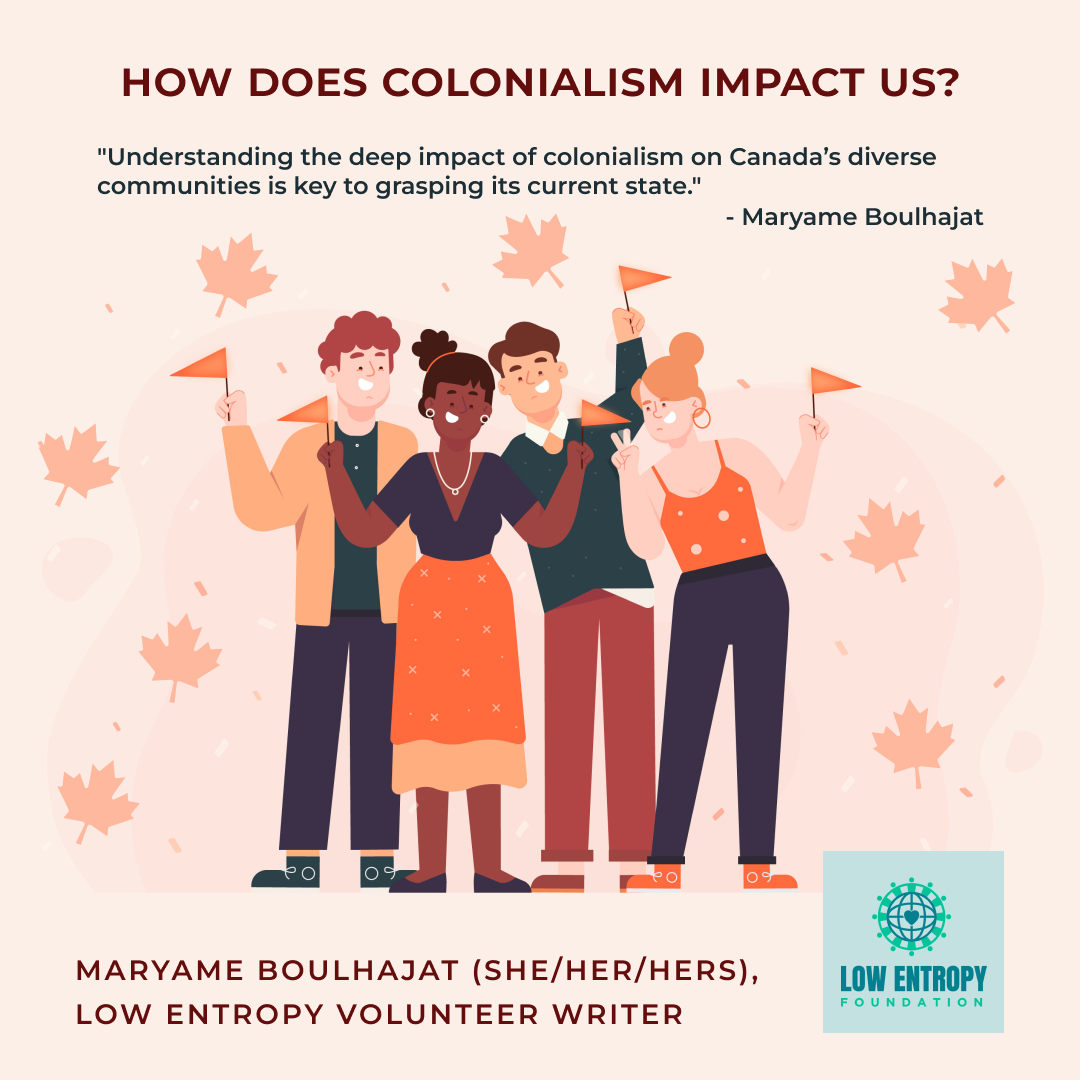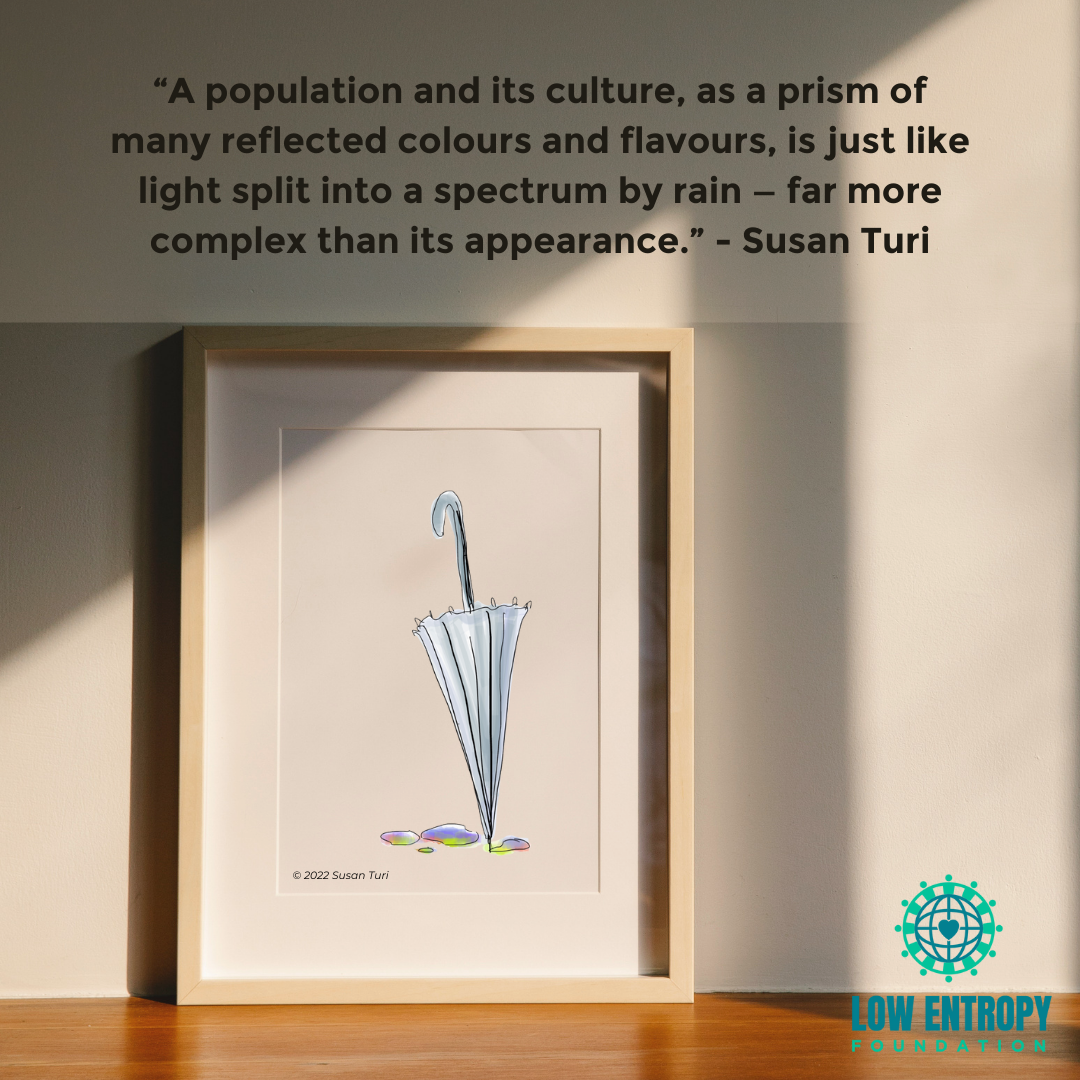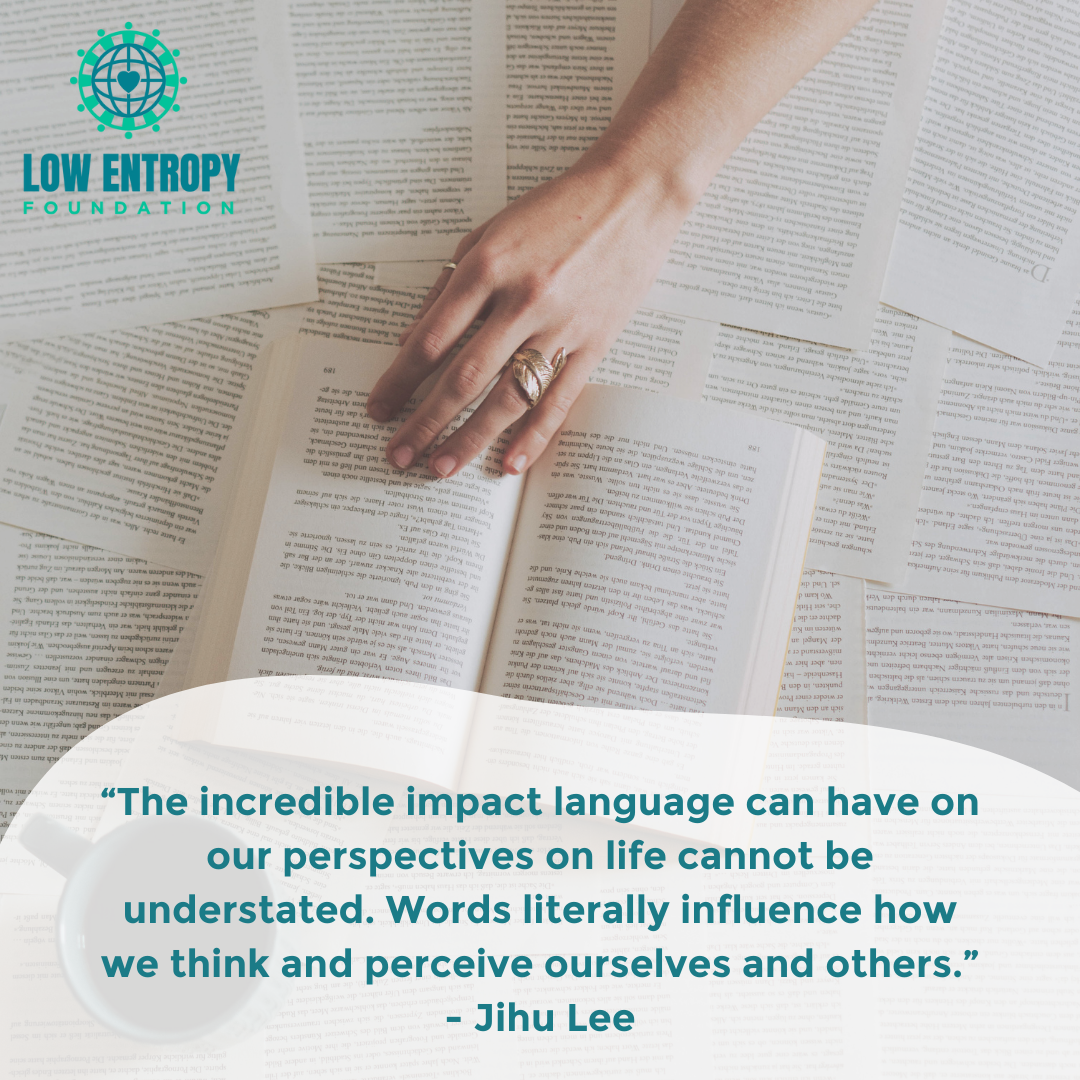Solid Lines
July 22, 2023

Via Genzon (she/her/hers), Low Entropy Volunteer Writer
A border, in geopolitical terms, is the demarcation line that divides territorial entities, such as states or countries. Borders can be real or artificial. Borders are real in the sense that there are physical infrastructures in place to separate one place from another that aim to maintain and defend these boundaries. Take, for example, the physical barriers that divide the United States and Mexico. This massive infrastructure does not only include vertical walls, but also the strategic placement of border security in areas to impose control over these borders. Meanwhile, borders can be artificial in the context of culture and politics. Within one country, the categorization of people by ethnicity, religion, language, cultural and political background, among other features, can create an artificial border between different groups/communities. An example would be the cultural boundary between the English and French-speaking communities in Canada.
However, we can’t talk about borders without talking about nationalism. Way back in the past, national borders didn’t exist because the idea of a nation-state — a sovereign state with citizens who identify themselves as a nation — didn’t exist yet. The earliest emergence of a nation-state occurred in Europe in the Enlightenment era. The first nation-state is often credited to France after the French Revolution, but other scholars also recognize the establishment of the English Commonwealth in 1649 as the earliest case. Since the late 18th century, nation-states have become the dominant standard of governing territories. This replaced many kingdoms ruled by dynastic monarchies, tribes or clans ruled by chiefs, states ruled by religious leaders, colonial empires, and other principles of legitimacy of rulers/governing units.
Behind building a nation is nationalism. Nationalism is defined as the “ideology based on the premise that the individual’s loyalty and devotion to the nation-state surpass other individual or group interests”. Benedict Anderson proposed the concept of nationalism as “imagined communities”. At some point, people began to gain awareness of people beyond their immediate scope, due to developments in transportation, print languages (e.g. newspapers, books, magazines, etc . . .), and modern education. It became easier to imagine oneself belonging to a greater community with common — often perceived as deeply-rooted — factors (e.g. language, history, descent) or goals (e.g. independence), hence awakening a national consciousness. The attachment to “imagined communities” fuels people’s love and devotion for their nation/country and comradeship with their fellow citizens. However, as Anderson notes, the nation is imagined because “the fellow members of even the smallest nation will never know most of their fellow-members, meet them, or even hear of them [. . .] communities are to be distinguished not by their falsity/genuineness, but in the style in which they are imagined.”
Nation-states are rarely homogenous. More often than not, different languages/dialects, cultures, ethnicities and religions exist with one another. Through invasions, wars, treaties and/or colonialism, many political boundaries are culturally inaccurate. One example is the legacy of colonialism and imperialism when empires drew borders, disregarding the rich and long history of cultures and people indigenous to the lands they colonized. Indigenous peoples’ ancestral lands were dissected into these modern borders where control is increasingly enforced, making them some sort of “migrants” on their own lands that they used to move freely on, such as in the case in Canada and the United States.
Although geographic unity as ancient borders had existed since the start of human civilization, they were not as rigid as they are today. We see migrants and refugees who have to go through extremely dangerous channels to cross borders to desperately flee from wars, conflicts, socio-economic instabilities, and displacement, only to be arrested, deported or worse, killed. Eventually, political borders will have to account for the effects of climate change, which will render places and countries uninhabitable in the future, and the mass exodus of climate refugees that may arise from it. Where will displaced populations go when national preservation is more important than showing humanity to “outsiders”? Of course, issues surrounding states and borders are complex and there isn’t a one-size-fits-all solution. Borders may appear as solid lines on a map, but this rarely reflects the complexity of their histories and issues.
—
Leave your thoughts for Via in the comments below. You can also follow us on Facebook, Instagram, TikTok, Twitter and YouTube to stay up-to-date with Low Entropy news!
GET INVOLVED
At Low Entropy, we believe changing the world starts with changing ourselves.
Founded in 2015, Low Entropy Facilitates conversations that encourage diversity and promote inclusivity.
We understand that life can be confusing at times. It can seem challenging and sometimes you may feel like no one really “gets you.” We offer an opportunity to connect with others who have the capacity to understand you.









